Seven Different Species of Raptors
This collection includes recent photos of raptors I've seen. I'll begin with the owl box on my back porch which, for the second spring in a row, appears to have a nesting Western Screech Owl. I often see her poking her head out of the box around sunset. Some days I don't see her and others I will. Either way, I'm happy she's made my back porch her home.
Great Horned Owls are among the earliest 'nesters" in southern Arizona. They don't build their own nests, they use the nests created last season by large birds like Red-tailed Hawks, Cooper's Hawks, or Ravens. Because the female Great Horned Owl is sitting on a nest, the pair of owls no longer wander. The males can often be seen roosting nearby.
In this shot, the Great Horned Owl has its back towards the camera- you can see the fold of its wings over its back. The owl has turned its head 180°. Great Horned Owls have 14 vertebrae in their necks, double what humans have. This, along with a special feature of the veins in their neck, allows them to rotate their heads 270° but not quite a full circle.
This female American Kestrel is one that I've seen and shared recently. She lives on a farm west of the Tucson Mountains. I like her perch on this old pipe cap. Kestrels are the smallest falcon species in North America.
In January, I saw this Merlin perched on an old telephone pole in farmland north of Marana. Merlins are a small falcon species that is just slightly larger than the American Kestrel. But Merlins are heavier and look larger. They are powerful and fast fliers. Usually they hunt from the tops of trees, so this Merlin was using an unusual perch.
Merlins breed north of the United States, in Canada and Alaska (orange on the range map below). The cool blue areas are where Merlins spend their winters. During the winter months, we do see them in open country in southern Arizona, just not in large numbers.
Red-tailed Hawks are probably the most common hawk seen in the US. We have plenty of Red-tails in southern Arizona year-round but those numbers increase dramatically during the winters thanks to migrating Red-tails. While the top of this pole is not the most photogenic perch, this does give a perspective on how large the Red-tailed Hawk is compared to the smaller falcons. You've heard the scream of a Red-tailed Hawk before as Birnote reminds us here.
I've shared photos of Northern Harriers recently. During winters, we see them in southern Arizona over open fields including farmlands. Gliding slowly, low over the fields, these raptors hold their wings out and have a white patch at the base of its long tail.
The Northern Harrier, once known as the Marsh Hawk, has a variable, teetering flight pattern as it moves slowly over the field in search of prey.
The Northern Harrier was hunting over the same farm that two Crested Caracaras were feeding in. Crested Caracaras are a type of falcon species. Unlike the other falcons, Crested Caracaras are not speedsters. They are strong fliers but don't use speed to capture their prey. Much of their diet is carrion, but they will also feed on insects, bugs, lizards, rodents and other prey. Farm fields are a rich source of food for these raptors.
The winter months are a good season to see raptors in southern Arizona.



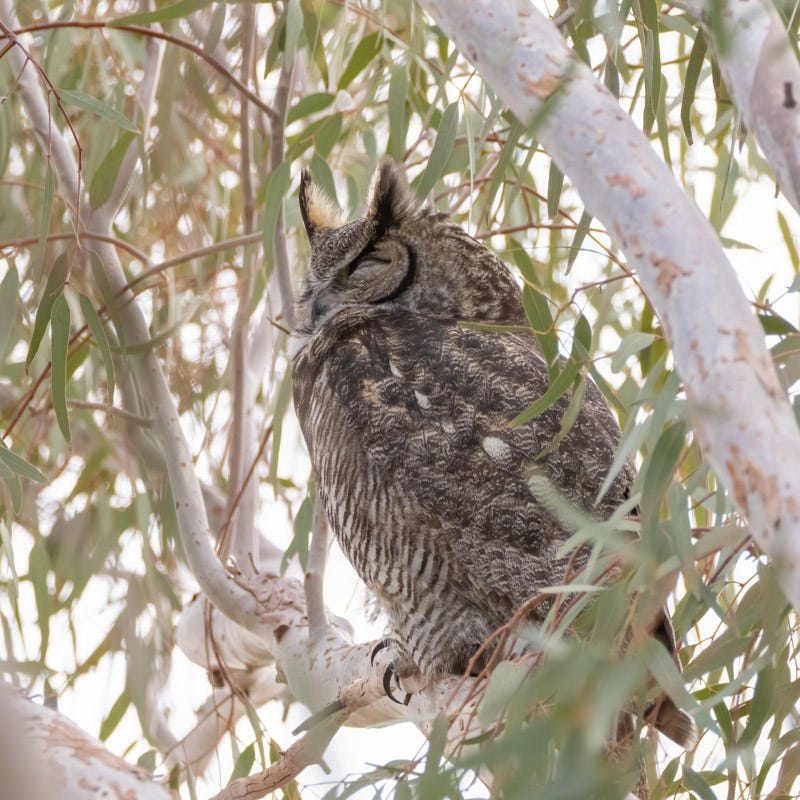



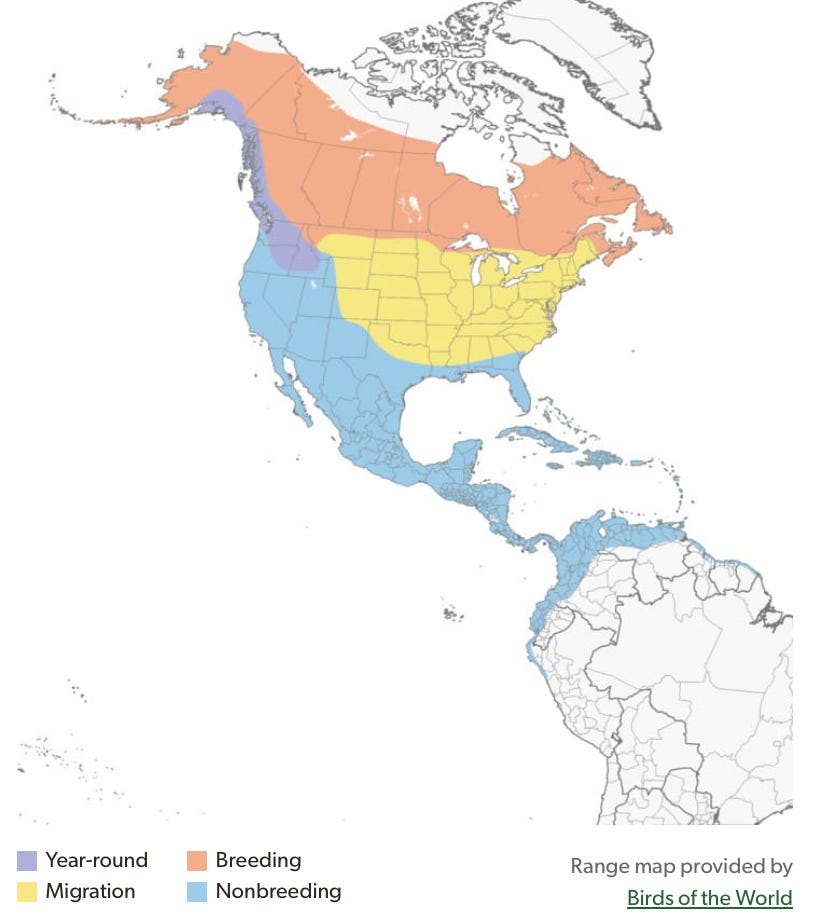
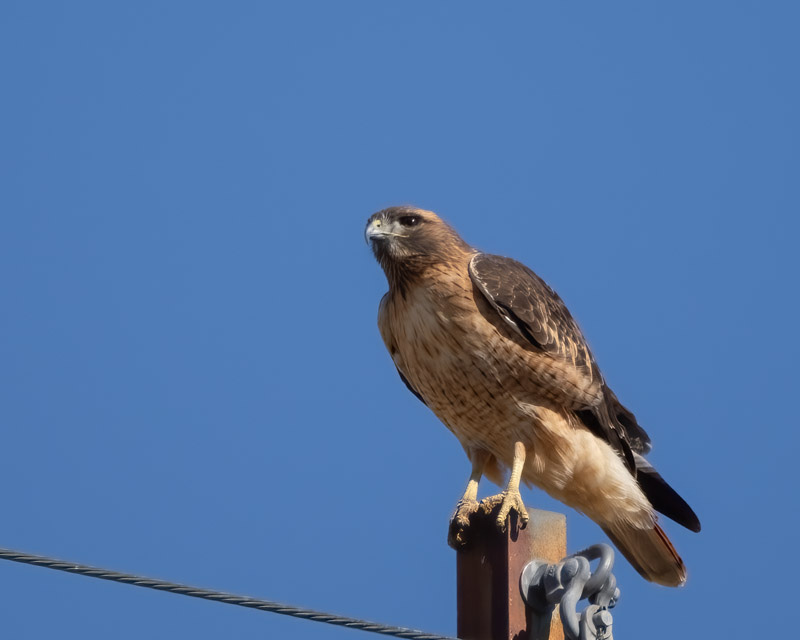
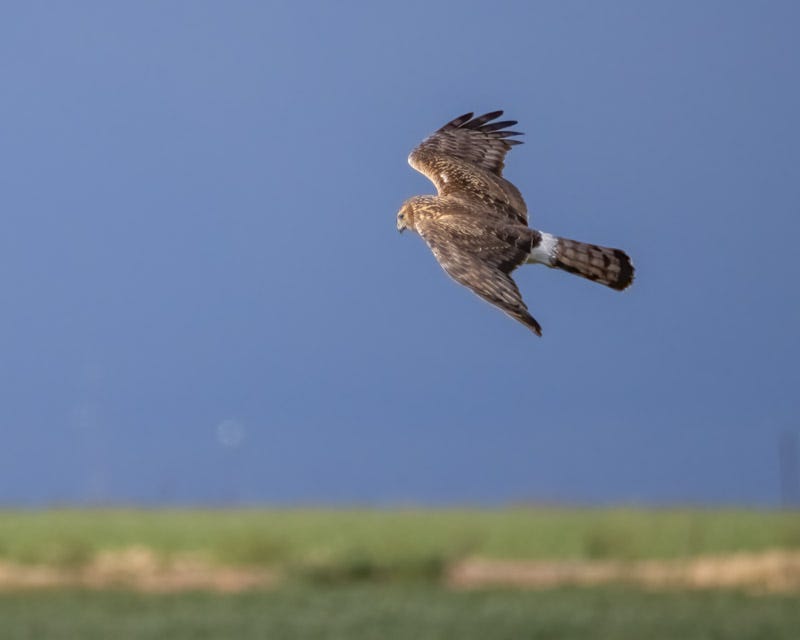
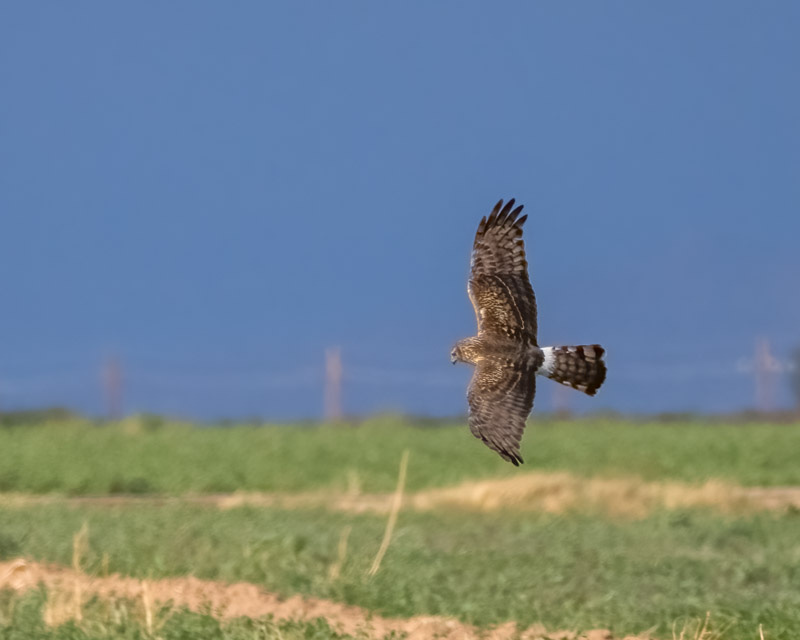
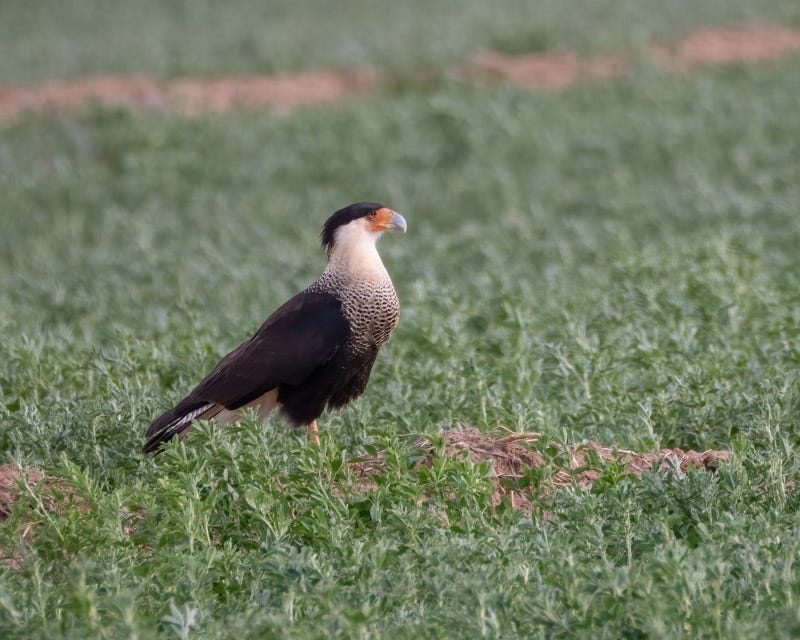
This post reminds me to ask if you are still doing the Raptor Free Flight as the Desert Museum?
I love the colors in the photo of the Northern Harrier and your porch owl is adorable!
Such amazing shots of the owls! You have such an appreciation for nature and its creatures. So nice to be able to enjoy the experiences you photograph. Thank you for sharing